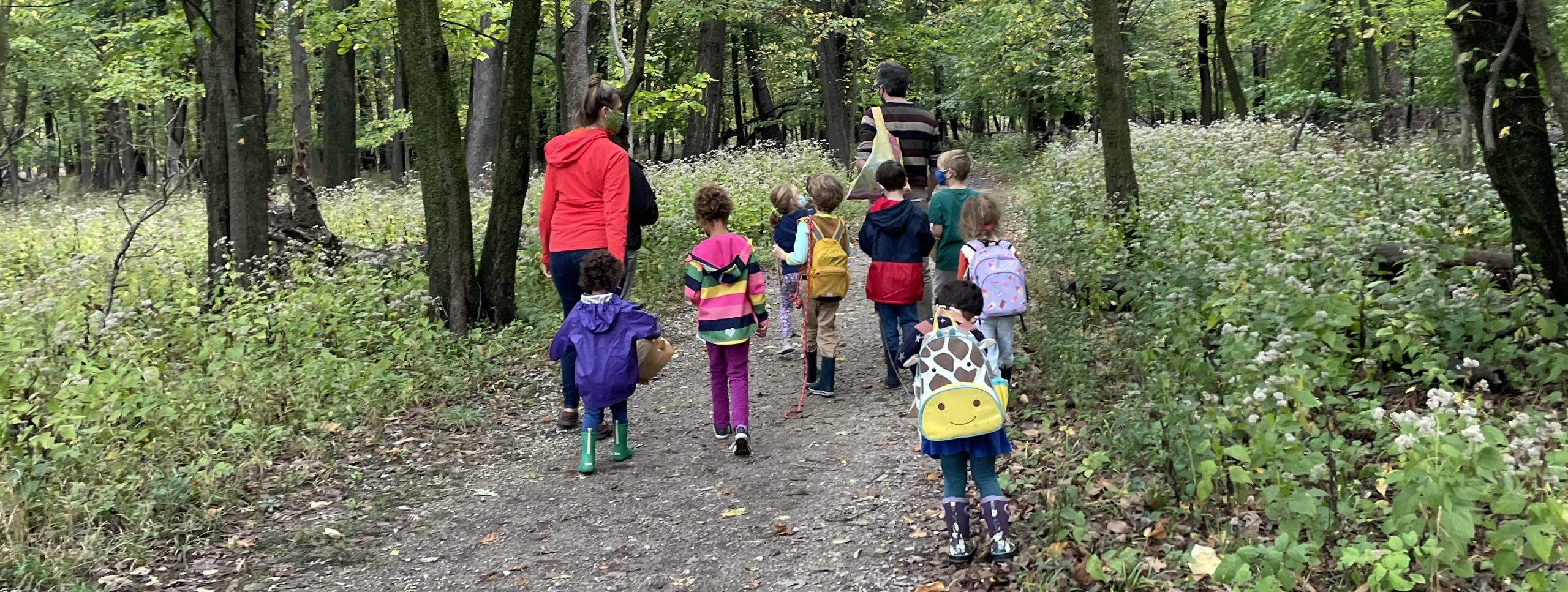Today we talked about plants in a very particular context: as crops!
I brought some compostable trays with multiple compartments, and these were the “farms” — each of the compartments being a different field. I made up a story about their great-aunt Mildred leaving them some land, which led to a fun discussion about great-aunts in general!
With spoons, they scooped soil from around the pavilion. We looked closely at their soil and talked about how leaves might be good for their crops, whereas rocks are maybe less good. With little wooden implements, they tilled their soil, and we discussed why: to loosen compacted soil, aerate (because seedling and roots need oxygen!), mix in nutrients, and even chop up weeds and pests. Next we picked out rocks, which can impede growth and lead to dry soil.
Then I had them “test” their soil, explaining how plants need nutrients just like we do. I brought out three jars of potting soil labeled Nitrogen, Phosphorus, and Potassium, and mentioned that plants need these (and other) nutrients to develop, grow, and make energy. (Nitrogen, despite being abundant in the air, has to be soluble in order to be used.) Those that wanted to fertilized their soil, but we also talked about leaving one of their fields fallow, and how rotating crops (or companion planting, as in the Three Sisters) can restore and sustain nutrients in the soil. They brought up pesticides, and we talked about how tricky that can be, especially knowing that many insects do very good things for plants too!
At last we brought out the seeds, and the many helpful parents assisted with doling them out. Many thoughts and opinions were shared, and my one big takeaway was: these kids really know and appreciate their vegetables! When I bought the arugula seed I certainly didn’t anticipate it being in such high demand! Anyhow, we talked about seed depth, and quickly (time was flying!) moved on to watering. They used little pipettes, and we discussed over- and underwatering.
Finally, we talked about how to ascertain whether the beans you planted were, in fact, magical, and the hazards that come of giant beanstalks spontaneously appearing on one’s property.

